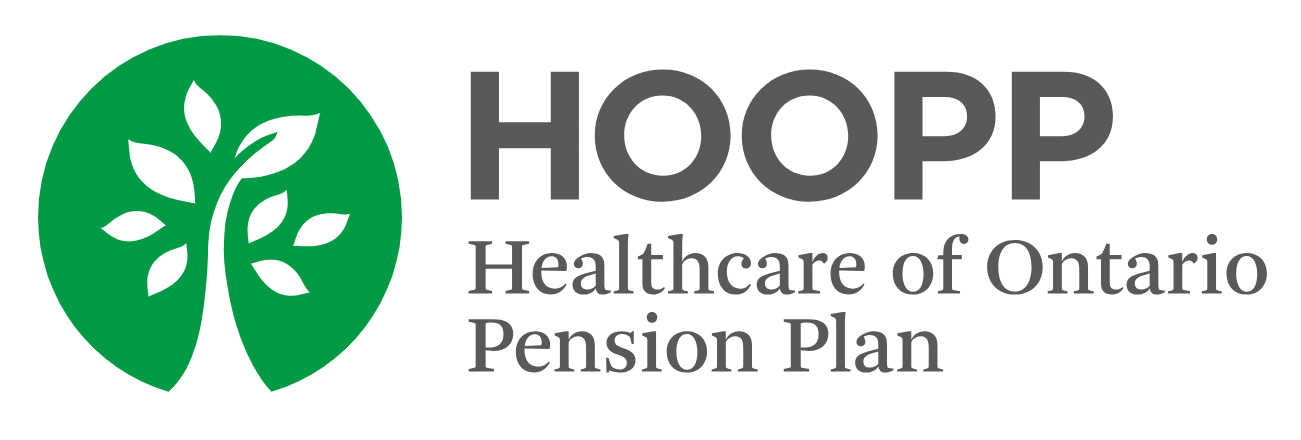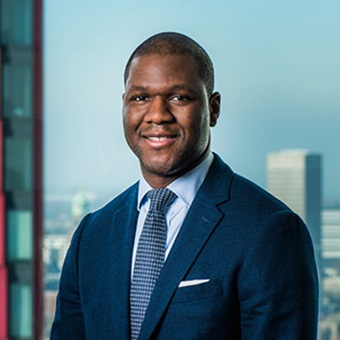To understand what Ortec Finance’s solutions can do for a pension plan, it’s instructive to look back at the company’s 15-year history working with the Healthcare of Ontario Pension Plan (HOOPP). HOOPP is one of Canada’s largest pension funds, with approximately 460,000 members and $110 billion in assets under management. It’s also one of the best-performing plans, with a consistently top-tier funding ratio and a long history of both stable contributions and benefit improvement.

The two organizations’ relationship dates back to 2009, in the depths of the Global Financial Crisis (GFC). The pension fund didn’t turn to the consultancy out of desperation, though, but rather from a position of strength.
“HOOPP successfully navigated the GFC volatility because we transitioned to a liability-driven investing (LDI) strategy in 2007 just in time to help HOOPP weather the 2008/2009 global financial crisis,” says Richard Liu, Senior Director, Investment Risk, Public Capital & Private Markets. “By doing so, we held a large number of fixed income securities like government bonds, to manage the asset-liability risk – so basically to hedge our liabilities, because our pension liabilities behave similarly to a long-term bond.”
Compared to today, HOOPP’s capabilities with scenario modeling were rudimentary. For example, the fund used a single security, a Canadian government long bond, as a proxy for its liabilities instead of using actuarial projections of its membership, which would include whether members got married or divorced, sick, retired early or took lump-sum payouts upon leaving their employer.
“You missed so much information,” Liu reflects.
An integrated solution
HOOPP was aware of a handful of software tools coming onto the market that could assist with risk analysis. It consulted several peers, including the Ontario Teachers’ Pension Plan, Ontario Municipal Employees Retirement System and Caisse de dépôt et placement du Québec, to see what they were using and could recommend. Then, HOOPP did its own due diligence.
Most of the products on the market performed well at analyzing either the asset or the liability side of the balance sheet or excelled at exploring one economic scenario; Ortec Finance’s product was the only one that provided the complete package.
“We were looking for one product that provided analysis for both assets and liabilities at the same time, so both sides of the balance sheet, using the same set of economic assumptions and scenarios. Ortec Finance had all three pieces”
Richard Liu, Senior Director, Investment Risk, Public Capital & Private Markets
HOOPP engaged Ortec Finance for proof of concept and user testing that year. It tried the system’s modules, pricing models and customizations to see whether they fit HOOPP’s liability-driven investing philosophy. Satisfied, the pension fund moved on to full implementation in 2010.
“We were very consistent across the full balance sheet,” observes Richard Boyce, Ortec Finance Managing Director for North America. “That consistency is what ultimately drove their decision.”
From risk analysis to decision-making
Implementation was quick and relatively simple, HOOPP’s managers attest. But once the team started importing its membership profile – each member’s age, sex, years of service, salary, marital status and so on – its full capabilities became apparent.
Now HOOPP could test various scenarios, such as merging with a smaller pension plan, and look at changes to the asset mix and liability considerations.
“By writing the membership into the model, we can see the impact on our financial status,” Liu says. It could go a long way to informing the board and management whether a merger was a good deal for members. It could also project the probable outcomes of having a big cohort retire at the same time, three consecutive years of poor capital market returns or three years of double-digit inflation. It could explore the impact of adding emerging-market equities or infrastructure to the asset mix on funded status, the volatility of that status and total asset returns under various conditions.
"GLASS enables us to conduct ad hoc analysis if there is a question from the board or from the senior management regarding the strategic decisions of the pension plan.
It's a great tool to give quick analysis."
York Yang, Director, Investment Risk, Public Capital & Private Markets
“Having GLASS gives us the flexibility of looking at the impact of strategic decisions,” York Yang, Director, Investment Risk, Public Capital & Private Markets says. “For example, benefit enhancements, contribution holidays or full indexation. It’s a great tool for us to conduct ad hoc analysis if there is a question from the board or from the senior management regarding the strategic decisions of the pension plan. We can give quick analysis.”
Originally designed for risk analysis, GLASS “has pivoted more towards idea generation,” Boyce notes. “It can answer the what-ifs.”
Enter climate risk
When Ortec Finance added Climate MAPS scenarios to its GLASS offering, HOOPP, which has committed to achieving net-zero carbon emissions in portfolio by 2050, was an early adopter. The software examines the interplay between climate transition risk and physical risk 40 or even 50 years in the future.
HOOPP can, for instance, see how its assets might perform in a net-zero scenario, but also a high-warming scenario, which would mean the biggest physical risk to its portfolio. While there are no standard scenarios that everyone uses to run their modeling, Ortec Finance scenarios are in line with the Intergovernmental Panel on Climate Change (IPCC), which takes its lead from the Paris Agreement, says Liu.
"With Climate MAPS added to GLASS we can see the possible financial impact of climate risk for us as an organization.
We can take appropriate actions and be prepared for the future."
Richard Liu, Senior Director, Investment Risk, Public Capital & Private Markets
“By running those scenarios, we can see the possible financial impact of climate risk,” he explains. “It’s a good starting point for thinking about what we should do as an organization,” Liu says.
As the Ortec Finance suite has matured and become more sophisticated, it’s become ever more integral to HOOPP’s decision-making, which itself is more complex as the fund has grown.
“Through the years as HOOPP’s use cases have changed and emerged, we’ve been able to step up our game to meet their needs,” Boyce says. “They’ve grown, and they’ve grown in part because they’ve been able to use the tooling.”
“It’s a great tool for us to use,” says Liu, who points out that it’s easy to conduct ad hoc analysis about the strategic direction of the pension plan or the balance sheets. Because of Ortec Finance, HOOPP has become far more strategic; it can now act quickly if necessary and it can prepare for whatever may come.
While HOOPP has been using GLASS for 15 years, Liu says there are still new functionalities to implement.
“There are a lot of things we can use GLASS for,
still there’s room to improve, allowing us to answer even more of our questions.”
Richard Liu, Senior Director, Investment Risk, Public Capital & Private Markets
Enhanced with performance measurement and attribution
HOOPP is a longstanding user of PEARL, Ortec Finance’s leading SaaS solution for Performance Measurement, Attribution, and Ex-Post Risk. HOOPP relies on PEARL and the Ortec Finance consultants for day-to-day workflows, including portfolio and position-level data reconciliation. This enables HOOPP's Investment Management Reporting & Business Solutions team to meet daily reporting requirements that help to evaluate the value added of portfolio managers and track LDI strategies over time.
Contact











